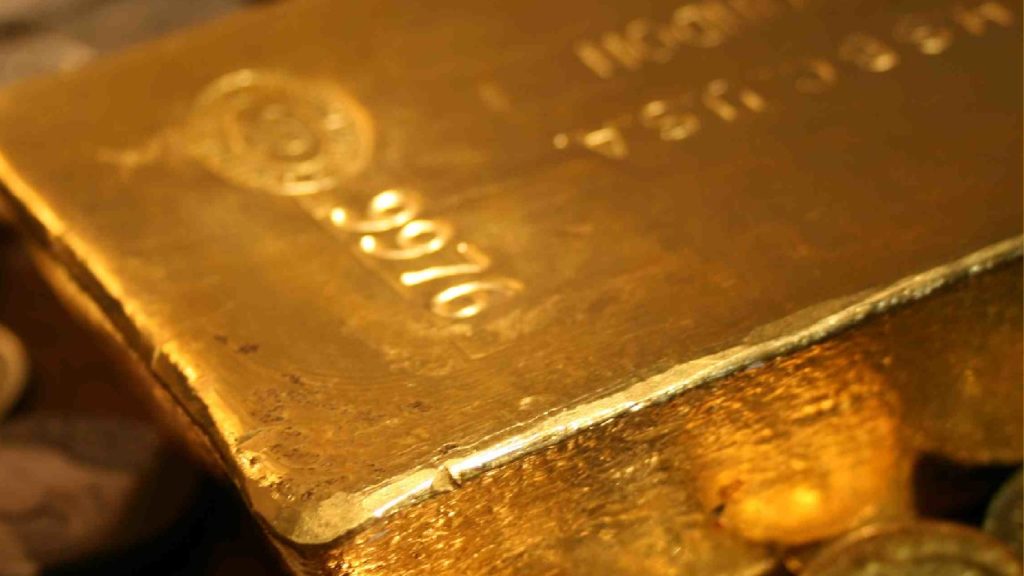Gold Flowing Into ETFs Again
In 2020, gold-backed ETFs recorded record net inflows of gold. Funds added nearly 231 more tons in 2020 than they did during the previous record year (2009/646 tons). But with declines in the price of gold and investors pivoting to riskier investments as economies improve, we’ve seen net outflows of gold from ETFs over the last three months.
That trend reversed in May as gold-backed funds globally added 61.3 tons of gold, according to the latest data from the World Gold Council.
Global assets under management(AUM) now stand at 3,628 tons totaling about $222 billion. That’s about 9% shy of the August 2020 high of $240 billion and 7% shy of the October 2020 tonnage high of 3,908 tons.
The World Gold Council said inflows of gold into ETFs last month reflect increasing investor interest in the yellow metal.
We believe this to be largely a function of investment demand increasing with the price strength of gold, along with renewed inflation concerns in the market, a weaker dollar and lower real yields.”
North American funds led the way, adding 34.5 tons of gold to their holdings in May.
European funds weren’t far behind, recording net inflows of 31.2 tons. Larger funds UK and Germany were the primary drivers of European flow.
Asian ETFs charted outflows of 3.3 tons. Almost all of the Asian outflows were from Chinese funds. That country saw strong local stock market strength. Even with the May outflows, Asian gold ETF holdings growth remains above 11% in 2021.
Funds listed in “other regions” including Australia saw outflows of 1 ton.
The WGC listed several factors driving the recent strength in gold.
- Higher inflation expectations
- The weaker US dollar
- Positive gold sentiment and price momentum.
Anecdotally, some additional supporting factors include:
- Gold prices catching up to other commodities ‘reflation’ strength.
- Strong Holiday demand in China, and
- Increased central bank demand.
Inflows of gold into ETFs are significant in their effect on the world gold market, pushing overall demand higher.
There’s a difference between investing in gold-backed ETFs and physical gold. Learn more here.
ETFs are backed by physical gold held by the issuer and are traded on the market like stocks. They allow investors to play gold without having to buy full ounces of gold at spot price. Since their purchase is just a number in a computer, they can trade their investment into another stock or cash pretty much whenever they want, even multiple times on the same day. Many speculative investors appreciate this liquidity.
There are good reasons to invest in ETFs, but they aren’t a substitute for owning physical metal. In an overall investment strategy, SchiffGold recommends buying gold bullion first.
When considering gold-backed ETFs, you should always keep in mind that you don’t actually own the gold. Buying the most common ETFs does not entitle you to any actual amount of the precious metal.





 Since Nayib Bukele became president of El Salvador, El Salvador has been in American media and global political discussion more than ever. While much of the attention focuses on Bukele’s mass incarceration of gang members and a decline in homicide of over 70%, Bukele has also drawn attention to his favoritism towards Bitcoin and how he […]
Since Nayib Bukele became president of El Salvador, El Salvador has been in American media and global political discussion more than ever. While much of the attention focuses on Bukele’s mass incarceration of gang members and a decline in homicide of over 70%, Bukele has also drawn attention to his favoritism towards Bitcoin and how he […] With gold hitting yet another awe-inspiring all-time high in the wake of Powell’s remarks reassuring markets (more or less) to expect rate cuts in 2024, a few analysts are pointing out risk factors for a correction — so is there really still room to run?
With gold hitting yet another awe-inspiring all-time high in the wake of Powell’s remarks reassuring markets (more or less) to expect rate cuts in 2024, a few analysts are pointing out risk factors for a correction — so is there really still room to run? Gold hit a new all-time nominal high, surpassing the previous record set in December of the previous year. The precious metal’s price reached approximately $2,140, indicating a robust and continuing interest in gold as a safe-haven asset, despite a rather peculiar lack of fanfare from the media and retail investors. This latest peak in gold […]
Gold hit a new all-time nominal high, surpassing the previous record set in December of the previous year. The precious metal’s price reached approximately $2,140, indicating a robust and continuing interest in gold as a safe-haven asset, despite a rather peculiar lack of fanfare from the media and retail investors. This latest peak in gold […] The gold price has been surging, with unprecedented central bank demand gobbling up supply. It has been a force to behold — especially as US monetary policy has been relatively tight since 2022, and 10-year Treasury yields have rocketed up, which generally puts firm downward pressure on gold against USD.
The gold price has been surging, with unprecedented central bank demand gobbling up supply. It has been a force to behold — especially as US monetary policy has been relatively tight since 2022, and 10-year Treasury yields have rocketed up, which generally puts firm downward pressure on gold against USD.  Total gold demand hit an all-time high in 2023, according to a recent report released by the World Gold Council. Last week, the World Gold Council (WGC) released its Gold Demand Trends report, which tracks developments in the demand for and use of gold around the world. Excluding over-the-counter (OTC) trade, 2023 gold demand fell slightly from 2022 […]
Total gold demand hit an all-time high in 2023, according to a recent report released by the World Gold Council. Last week, the World Gold Council (WGC) released its Gold Demand Trends report, which tracks developments in the demand for and use of gold around the world. Excluding over-the-counter (OTC) trade, 2023 gold demand fell slightly from 2022 […]